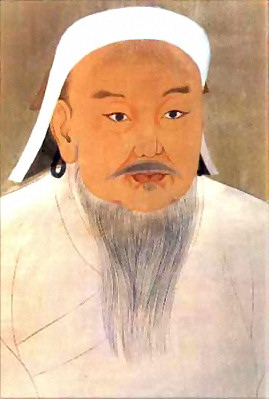
Genghis Khan, the founder of the Mongol Empire, is considered one of history’s most successful military leaders. While he didn’t conquer modern “countries” as we understand them today, his empire spanned much of Eurasia.
At its height, the Mongol Empire (which expanded after Genghis Khan’s death) covered parts of modern-day 30 countries or more, including:
- China
- Mongolia
- Russia
- Kazakhstan
- Uzbekistan
- Turkmenistan
- Kyrgyzstan
- Tajikistan
- Afghanistan
- Iran
- Iraq
- Turkey
- Azerbaijan
- Armenia
- Georgia
- Ukraine
- Belarus
- Moldova
- Lithuania
- Poland
- Hungary
- Romania
- Bulgaria
- South Korea
- North Korea
- India (partial regions in the north)
- Pakistan
- Myanmar (Burma)
- Vietnam
- Laos
The Mongol Empire was the largest contiguous land empire in history, stretching from the Pacific Ocean in the east to the edges of Europe in the west, and from Siberia in the north to the Persian Gulf and the Himalayas in the south. Genghis Khan’s campaigns were focused on subjugating key regions, which later expanded further under his successors.